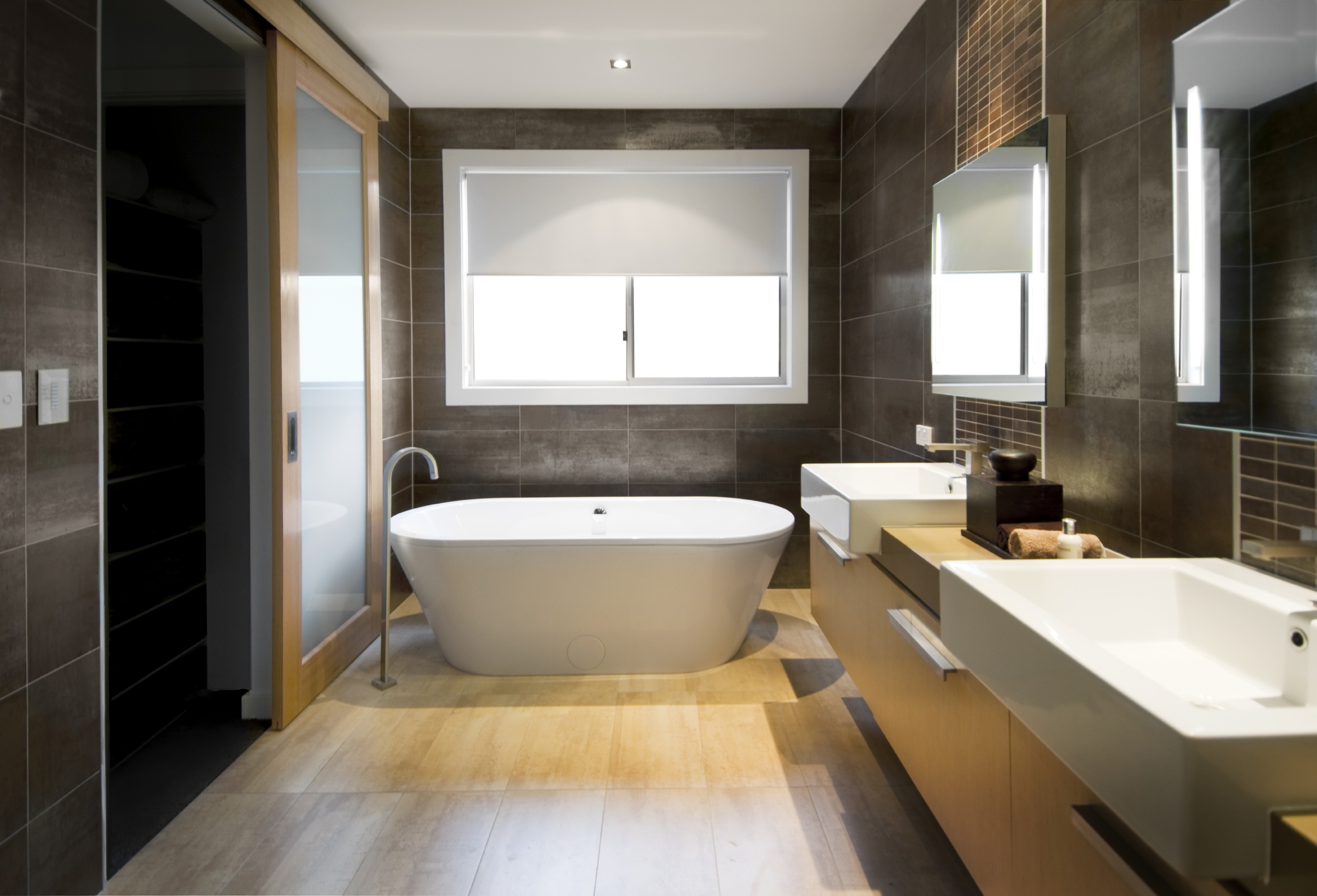Bathroom Suites: A Comprehensive Guide to Financing Options

Planning a bathroom renovation can be an exciting project, but it can also be a significant financial undertaking. Bathroom suites, including fixtures, fittings, and installation, can come with a hefty price tag. Fortunately, there are various financing options available to help you make your dream bathroom a reality without breaking the bank. This guide will explore the different financing options, their pros and cons, and provide tips for choosing the right one for your needs.
Loans
Loans are a common way to finance large purchases, including bathroom suites. They offer a fixed amount of money that you can repay over a set period, usually with interest. There are several types of loans available for bathroom renovations:
- Personal Loans: Personal loans are unsecured loans, meaning they don’t require collateral. They offer flexible repayment terms and can be used for any purpose, including bathroom renovations. Interest rates on personal loans vary depending on your credit score and the lender.
- Home Improvement Loans: Home improvement loans are specifically designed for home renovation projects. They typically have lower interest rates than personal loans, but may have more stringent eligibility requirements. These loans may also require an appraisal of your home.
- Home Equity Loans: A home equity loan is a secured loan that uses your home as collateral. It allows you to borrow against the equity you have built up in your home. Home equity loans usually have lower interest rates than unsecured loans, but you risk losing your home if you default on the loan.
Credit Cards, Bathroom suites on finance
Credit cards can be a convenient option for financing smaller bathroom renovation projects. They offer a line of credit that you can use to make purchases and then pay back over time. However, it’s important to use credit cards responsibly and avoid carrying a balance for long periods. High-interest rates and fees can quickly add up if you don’t pay your balance in full each month.
- Rewards Credit Cards: Some credit cards offer rewards programs that can help you earn points or cash back on your purchases. This can be a good option if you plan to use your credit card for other expenses as well.
- Balance Transfer Credit Cards: If you have existing debt on another credit card, a balance transfer credit card can help you consolidate your debt and potentially lower your interest rate. However, be aware that these cards often have a promotional interest rate that may expire after a certain period.
Payment Plans
Some retailers offer payment plans that allow you to spread the cost of your bathroom suite over a set period. These plans may have lower interest rates than credit cards, but they may also have fees associated with them.
- Retailer Financing: Many bathroom retailers offer their own financing options, such as interest-free financing for a limited time or deferred payment plans.
- Third-Party Payment Plans: Third-party payment plan providers, such as Affirm or Klarna, allow you to make monthly payments for your purchases. These plans typically have fixed monthly payments and may offer a lower interest rate than credit cards.
Factors to Consider When Financing a Bathroom Suite: Bathroom Suites On Finance

Financing a bathroom suite is a significant investment, and careful planning is crucial to ensure a successful project. Understanding the various factors that influence the cost of a bathroom suite and developing a realistic budget will help you make informed decisions.
Understanding the Cost of a Bathroom Suite
The cost of a bathroom suite can vary significantly depending on several factors. It’s important to consider the materials, labor, and permits required for your project.
- Materials: The cost of materials can vary widely depending on the quality, brand, and type of fixtures, finishes, and materials used. For example, a high-end bathroom suite with premium fixtures, imported tiles, and custom cabinetry will cost significantly more than a standard bathroom suite with basic materials.
- Labor: Labor costs can be a significant part of your overall budget. The complexity of the project, the number of contractors involved, and the prevailing labor rates in your area will all affect the labor costs.
- Permits: Depending on your location and the scope of your project, you may need to obtain permits for plumbing, electrical, and structural work. Permit fees can vary, so it’s essential to factor them into your budget.
Budgeting and Setting a Realistic Budget
Developing a realistic budget is crucial for successful bathroom suite financing.
- Start with a Clear Vision: Before you start gathering quotes, it’s essential to have a clear vision of the bathroom suite you want. This includes determining the size, layout, and desired features.
- Research and Gather Information: Research the costs of different materials, fixtures, and labor. Consider visiting showrooms, browsing online retailers, and consulting with contractors to get an idea of the price range.
- Factor in Unexpected Costs: It’s always wise to allocate a contingency fund of 10-20% of your initial budget for unexpected costs that may arise during the project.
- Prioritize and Make Trade-offs: If your budget is limited, prioritize the most important features and consider making trade-offs on less essential elements.
Obtaining Quotes and Comparing Prices
Getting quotes from multiple contractors is essential for comparing prices and finding the best value for your money.
- Contact Multiple Contractors: Reach out to at least three reputable contractors in your area.
- Provide Detailed Information: Provide each contractor with a detailed scope of work, including the desired materials, fixtures, and finishes.
- Review Quotes Carefully: Compare the quotes carefully, considering the materials, labor, and warranty terms. Be sure to ask any clarifying questions to ensure you understand all the details.
